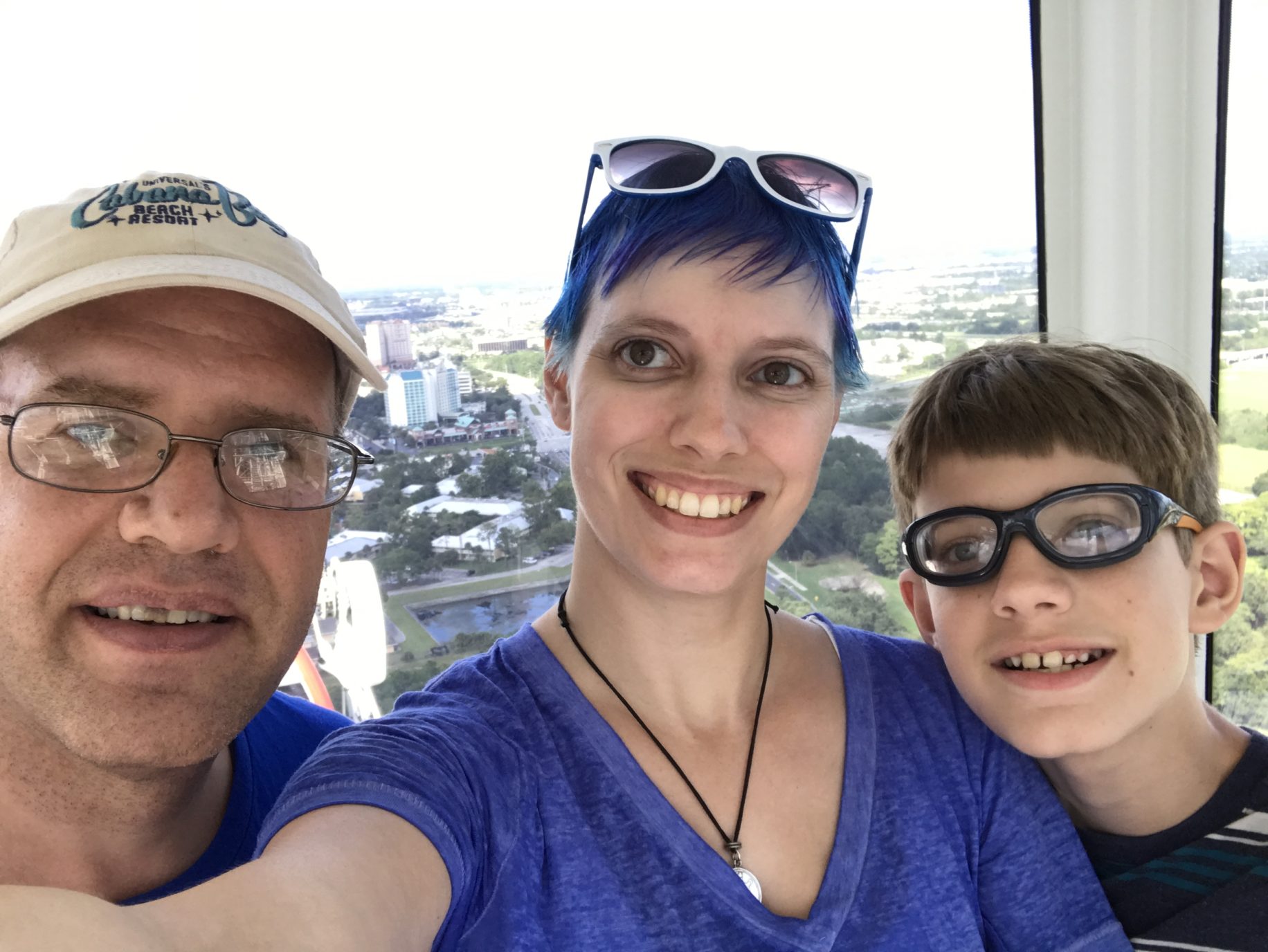
I’ve been a weather geek since I was in elementary school. There was a point when I really wanted to be a TV weatherman when I grew up, and I learned the names of various cloud formations because they were cool (cirrus FTW!). Being a weather forecaster means you actually use SCIENCE to TELL THE FUTURE! For me, that was just magic.
As I got older, I never lost that interest in meteorology (the study of weather, not meteors!), and over the years I’ve had one or two weather stations of various quality, none of which really delivered on the promise of really studying weather at home. So, when the folks at Davis Instruments, who are hard-core scientific reading instrument geeks themselves, contacted me about trying out one of their weather stations, I jumped as only 12 year-old me could.
So, here’s a thing I’ve noticed: there are two sides to being interested in weather. On one side, there’s the all the gloss and slick presentation of the amazing weather apps being made for your portable devices that display gorgeous high-resolution images while telling you whether hurricane Zachariah is going to blow the shingles off your tool shed, and then there’s the real side, where it’s all about hard data delivered via technology that’s been slowly developed over decades. What we have to remember is that all those slick apps showing us dew drops falling off palm leaves rendered in 4k resolution are basically just displaying the results of data collected by weather stations that use the same old tools they have for a hundred years or more: anemometers, weather vanes, barometers, precipitation catchers, and so on. What’s really cool about how things have progressed is the ability of the weather station with all those gizmos on it to communication to us, via wi-fi, and then deliver data to giant aggregating sites, where it can be used along with similar data from thousands of other stations, to improve weather prediction algorithms, and help us get even better at predicting the future.
Enter the folks at Davis Instruments (who are a few miles away from me here in the SF Bay Area), who made contact to see if I wanted to try out their Weather Box integrated set, which includes their Vantage Vue weather station, and all the additional hardware to get the station connected to the Internet immediately. What’s really heartening to realize is, if you wander around their website a bit, you realize these folks aren’t the glossy weather app kind of weather fans; these are the hard-core scientists and engineers who have been building and selling pro-level hardware and software for a long, long time. These are weather geeks.
Out of the box, the pieces look a little complicated, but it turns out assembly is pretty easy. From opening to fully assembled, up and running, took only an hour, and the biggest time chuck was spent actually mounting the weather station in an appropriate location (best is on a pole, above the peak of your roof, or on a fence post away from trees). The weather station is pretty much put together out of the box. It’s just a matter of attaching the anemometer and weather vane, both of which slip onto their mounts, and get tightened with a very small hex wrench that comes in the kit. There’s one or two other small bits, but they’re easy. You add a battery for backup, but since the unit is solar-powered, it shouldn’t ever run down. At that point, it’s working.
Next, you put back-up batteries into the Envoy, which is the communications unit. You plug it in via ethernet to a port on your home router, and then plug the power into the wall, and in seconds it has partnered with the weather station, and started feeding data to Davis’ dedicated WeatherLink.com website. There are unique ID numbers on the Envoy that you use to sign up for a free account at WeatherLink.com so you can access your data. There’s also included logging software you can load onto a PC to store all your data locally if you like, and with which you can generate some hard-core weather charts like this:

The software even comes with html templates and ftp functions that can empower you to set up your very own weather website if you want. It is a little old-school tech, but let’s be clear: you have a sensor suite in your backyard wirelessly transmitting data to you continuously, 24/365. It kind of rocks!
So, with all that connected, you just go mount your weather station somewhere high, without nearby obstructions, and orient it with the solar panel facing due South (if you’re in the Northern Hemisphere). Boom! Done – you are now a weather station. You can log into WeatherLink.com with your device info and see your data in realtime. You can download the WeatherLink app to your phone and get the same thing on a mobile basis. You can even go sign up at Weather Underground and get your weather station included in their data gathering for global weather tracking. You have become part of the worldwide weather geek community!
Bottom line: this is really awesome stuff. As I mentioned above, I’ve had a couple other weather stations over the years, but they all required cabling, and only sent data to a local device that just wasn’t very practical. The Weather Box kit really takes it where it needs to go. The idea that you can get your own weather station up and running, and on the Internet, even hooked into a site like Weather Underground, in an hour, really takes it the final step. It lets you become a part of real ongoing science!
The Weather Box is available now from Davis Instruments for $595.
[Note: Davis Instruments provided a review unit.]



Thanks for supporting WU and being part of our PWS Network!
Happy to do it. I’m a big fan of your service!